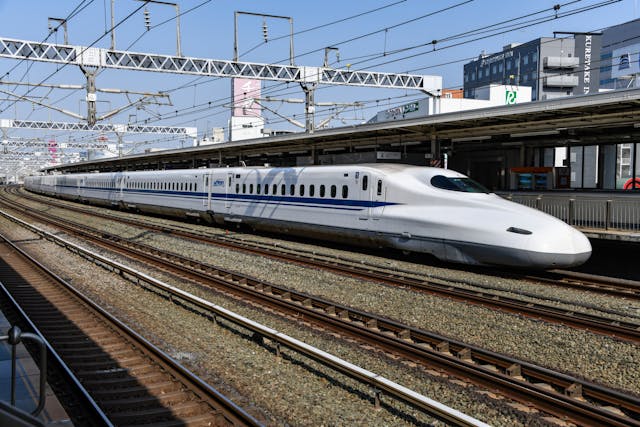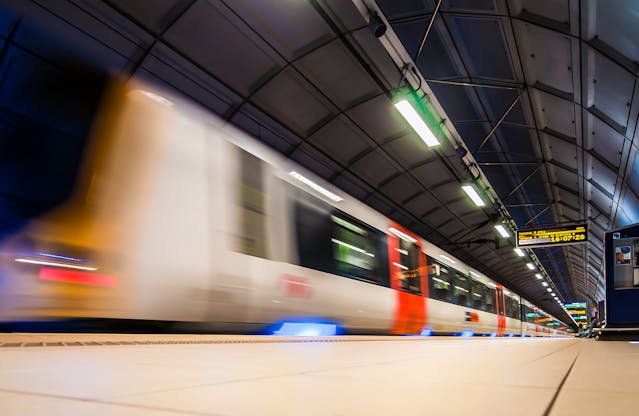High-Speed Rail Projects: The Future of Fast and Green Travel
As concerns about climate change and urban congestion grow, high-speed rail is emerging as a promising solution for fast, efficient, and environmentally friendly travel. Around the world, countries are investing billions in new high-speed rail projects to connect cities quickly while reducing carbon emissions.
Let’s explore why high-speed rail matters and what the future holds.

What Is High-Speed Rail?
High-speed rail (HSR) refers to passenger trains that travel at speeds typically above 186 miles per hour (300 kilometers per hour). These trains use specially designed tracks and technology to maintain high speeds safely and comfortably.
HSR offers a faster alternative to cars and airplanes for medium-distance trips, usually between 100 and 600 miles.
Benefits of High-Speed Rail
1. Faster Travel Times
HSR can cut travel time dramatically compared to traditional trains and cars. This makes commuting between cities more practical and encourages economic ties.
2. Environmental Advantages
Trains powered by electricity produce far fewer greenhouse gases than cars and planes. Using renewable energy for trains makes HSR even greener, helping countries meet climate goals.
3. Reduced Traffic and Congestion
By offering an attractive alternative, high-speed rail can reduce highway traffic and pressure on airports, easing congestion and pollution in busy areas.
4. Economic Growth and Job Creation
Building and operating HSR lines creates jobs and can stimulate local economies by improving access to markets and tourism.
Challenges Facing High-Speed Rail
Despite the benefits, high-speed rail projects face hurdles:
- High Initial Costs: Building tracks, stations, and purchasing trains requires large investments.
- Land and Environmental Concerns: Construction may affect communities and ecosystems, requiring careful planning.
- Competition with Other Transport Modes: Airlines and car travel often have established advantages in price or convenience.
- Political and Public Support: Projects need strong government backing and public approval to succeed.
Notable High-Speed Rail Projects Around the World
- China: Home to the world’s largest HSR network, connecting major cities with trains running up to 350 mph.
- Europe: Countries like France, Germany, and Spain have well-established networks that link cities efficiently.
- United States: Projects like California High-Speed Rail aim to bring fast rail travel to American cities but face funding and logistical challenges.
- Japan: The Shinkansen (“bullet train”) is famous for its speed, punctuality, and safety.
The Future of High-Speed Rail
Advances in technology, such as magnetic levitation (maglev) trains, promise even faster and quieter rides. Integrating HSR with other public transit can create seamless travel networks.
As governments prioritize sustainability, high-speed rail is likely to play a bigger role in shaping the future of transportation worldwide.

Final Thoughts
High-speed rail offers a compelling vision of fast, green, and connected travel. While challenges remain, continued investment and innovation could make high-speed trains a key part of how we move in the decades ahead—helping reduce emissions, ease congestion, and link communities like never before.












